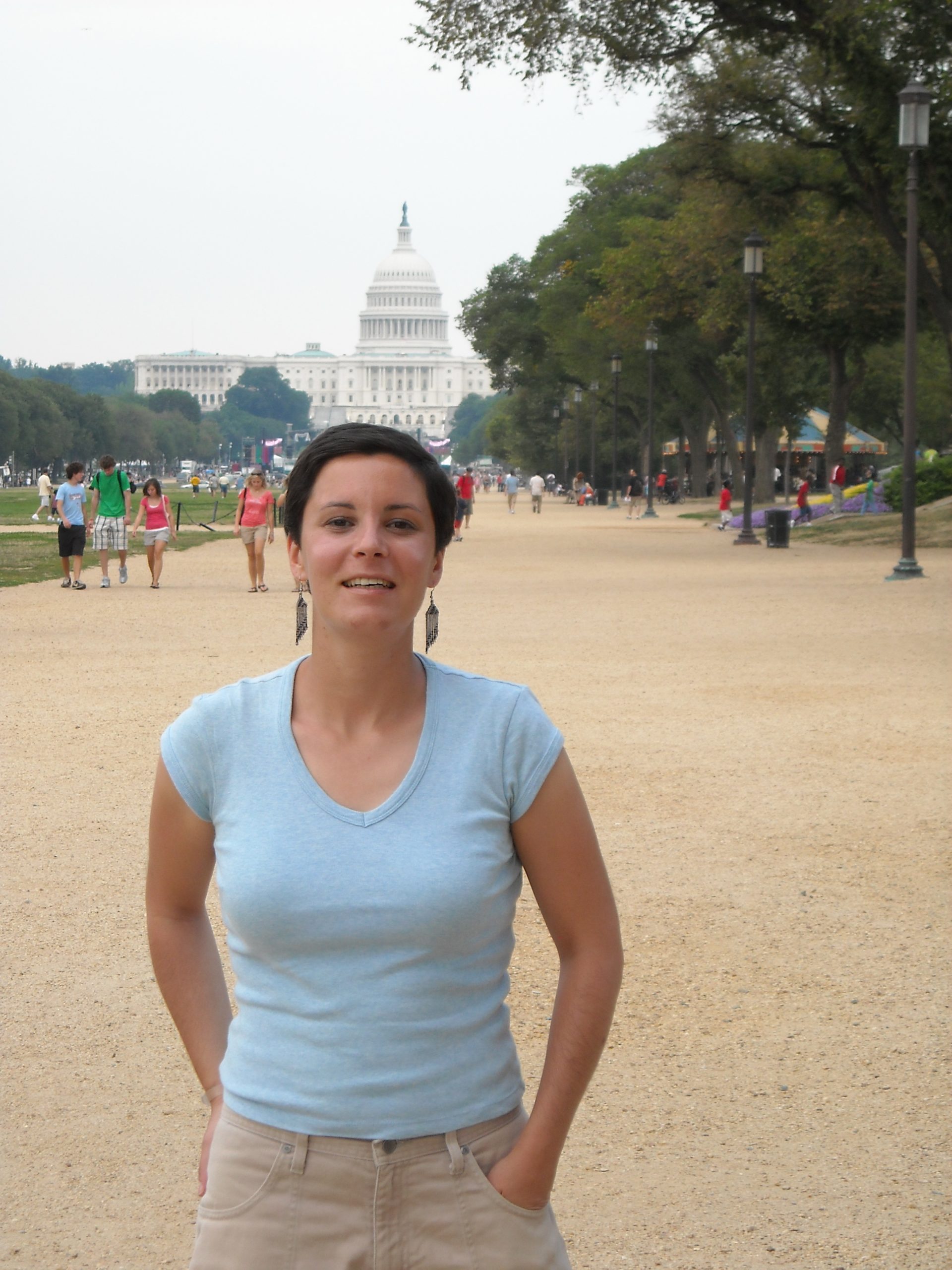Some information may be outdated.
When Alice Verney took an AmeriCorps VISTA position with Moab Valley Multicultural Center (MVMCC) and Arches Education Center (AEC) a year ago, she set out to build an English for Speakers of Other Languages (ESOL) program that would serve the working Latino population in Moab.
ESOL programs are designed to help non-Native English speakers become literate in the English language. Verney, who is the ESOL curriculum coordinator for both the MVMCC and the AEC, said having good communication in a workplace setting is critical for a business’ success.
“Language is the key to business, because inevitably communication breakdowns between employees affect a business,” she said.
She said a good ESOL program is key to developing good English speaking skills, but can be difficult to implement.
Verney has spent the last year in her VISTA position researching how to best implement an ESOL program for the Latino workforce population in Moab. Her research focused on the adult Latino, low literate population, and Verney said she was looking for barriers that prevented Latino adults from learning English.
“What is preventing the Hispanic adults here in the community of Moab from participating in ESL programs?” Verney asked.
A 1986 study conducted by Elisabeth Hayes from Syracuse University found that 39 to 49 percent of the 10 million Hispanic adults living in the U.S. were considered illiterate in the English language. Her study also cited that in 1984, 81 percent of adults with English as their second language have fewer than eight years of traditional education. The study also showed 28 percent were living below the poverty level, and 67 percent of the below poverty level were making less than $10,000 annually.
Even though the study is decades-old, Verney said the statistics remain relevant to what is happening with the Moab Latino community in terms of illiteracy and poverty.
“This study is valid in a sense that this research is incredibly pertinent to the population in Moab,” Verney said. “We can ask ourselves, ‘Given all these statistics, what can actually be done?’”
When Verney started her VISTA internship, there were only ESOL classes offered in the evenings through the Multicultural Center. Verney said she felt another step needed to be taken in order to fully develop the program.
In a study conducted by Hayes and Gordon Darkenwald, a list of barriers to participation in ESOL classes was found. The barriers include that people have a disconnect between themselves and school, an individual has low self-confidence in ability to learn, there is a lack of access to classes, or a person has situational constraints, such as not enough money or time to attend classes.
Verney said the solution was to move the ESOL classes from a traditional evening setting to the actual workplace.
“In order to have a successful ESL program here, it has to be through the workplace,” she said.
In January, Verney worked with Zach Bynum, manager of the Best Western Canyonlands Inn, to implement ESOL classes for workers during their lunch hour. Bynum extended the workers’ lunch break to a full hour and class took place during that time. Best Western also paid the fees for the workers to participate in the classes.
Bynum said offering the classes during the lunch break worked well for the hotel and staff.
“Many times it is difficult for employees to attend classes as many have two jobs, families to take care of after work, and other obligations,” he said. “By providing classes during their lunch break, it gave employees the opportunity to attend classes which were otherwise not possible.”
Bynum said the classes, which ran through the winter months, were valuable to his employees and he received positive feedback from the workers.
“I believe that our Spanish-speaking employees now have a better comprehension of English and are more comfortable using it,” he said. “This has translated into a better guest experience as our guests and Spanish-speaking employees are now able to communicate better.”
Offering the classes through the busy tourist season did not fit well, so Bynum said they decided to take a break and will offer the classes again this winter. He said he would recommend the classes to other businesses in the area.
“I would suggest this program to other businesses as the employer, employee, and guest have all had positive outcomes from the classes,” he said.
AmeriCorps VISTA interns make a one-year commitment to the place they work with. Verney will be leaving the AEC and MVMCC in August of this year, but Trisha Hedin, the AEC director, said the new intern, who will start in August, has a similar background in ESOL as Verney, and she also speaks Spanish.
“I think this is a constantly evolving program for sure,” Hedin said. “We had this idea a few years ago and this was the first time we put it into action. It is a great idea that just needs the momentum to keep rolling.”
“Many times it is difficult for employees to attend classes as many have two jobs, families to take care of after work, and other obligations. By providing classes during their lunch break, it gave employees the opportunity to attend classes which were otherwise not possible.”
Initiative spearheaded by AmeriCorps volunteer Alice Verney
Appreciate the coverage? Help keep local news alive.
Chip in to support the Moab Sun News.





